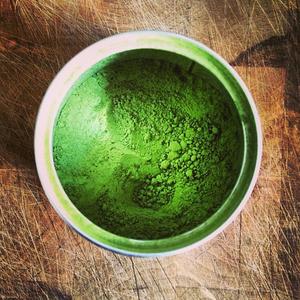Photo by Simon Collison on Foter.com / CC BY-NC-ND
Matcha environment-friendly herbal tea days back to the Tang Empire of China. The Chinese steamed the newly picked leaves and afterwards formed them into a brick. The brick kind made it useful for trading with merchants. It was throughout the Track Dynasty that the leaves were initially powdered. The even more tender leaves were first dried out then battered into a powder. This made less effort to store and keep the tea. The powdered herbal tea was combined with water in a dish before drinking. Throughout this time around, Zen Buddhists began traveling in between China and Japan. In 1911, Matcha was presented to Japan with the monk Eisai. Matcha ultimately has a diminished presence in China however stays prominent in Japan to today.
This environment-friendly tea is made from only the greatest top quality tea buds. These buds are selected from herbal tea shrubs that have actually been covered to safeguard them from direct sunshine. The absence of sunlight decelerates the development of the tea bush. As an outcome, the leaves are darker. This avoids amino acids from developing in the leaves as the absence of amino acids cause a sweeter herbal tea. Once the buds are chosen, they are outlined under color up until they dry out. Once dried out, the leaves are de-veined and battered in to a powder.
The potency of matcha remains high after processing. High quality is based on numerous factors including the part of plant made use of, just how it was treated and how it was made into a powder. The leaves on top of the shrub are less established, even more tender and sweeter compared to the elder leaves at the base of the bush. Leaves could be either dried outside in a conventional approach or inside making use of contemporary methods. Nevertheless, standard drying out is a lot more preferred than the contemporary strategy. The grounding procedure is also crucial. Once again, conventional hand pounding is chosen over equipment grounding.
To prep matcha for drinking a screen is required. The powder herbal tea is first compelled with the sieve to mash it up and remove clumps. Once the clumps are rid of, 1/2 tsp (1.75 grams) of herbal tea is mixed with 2.5 oz. of water (75. ml of water).
